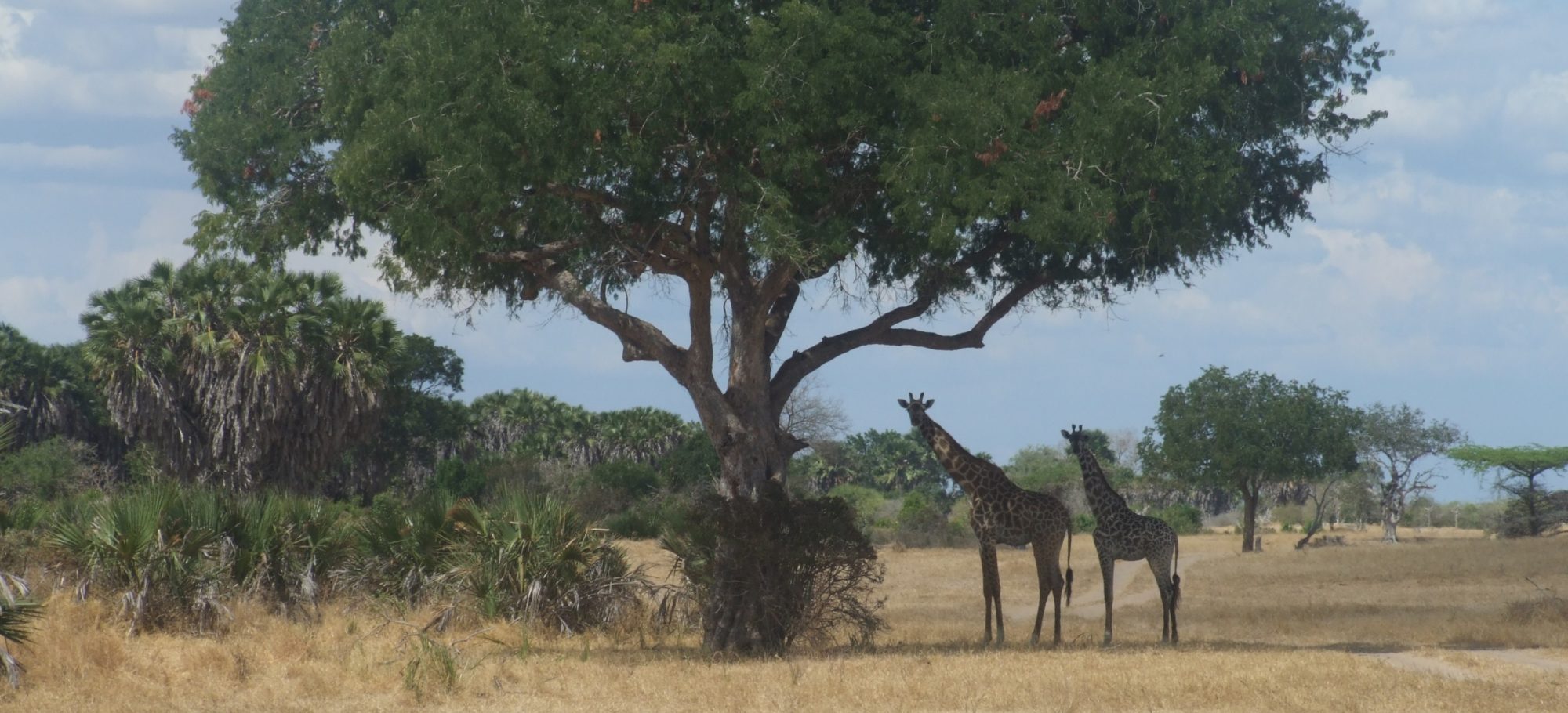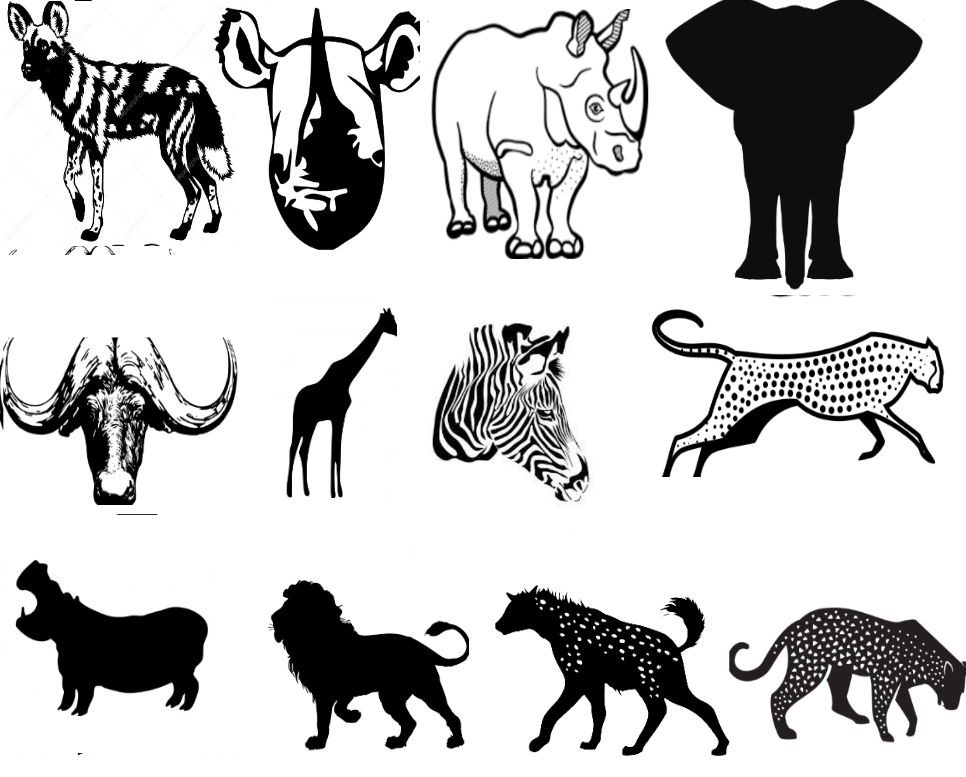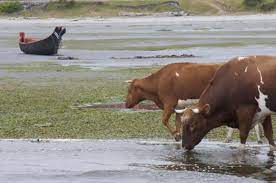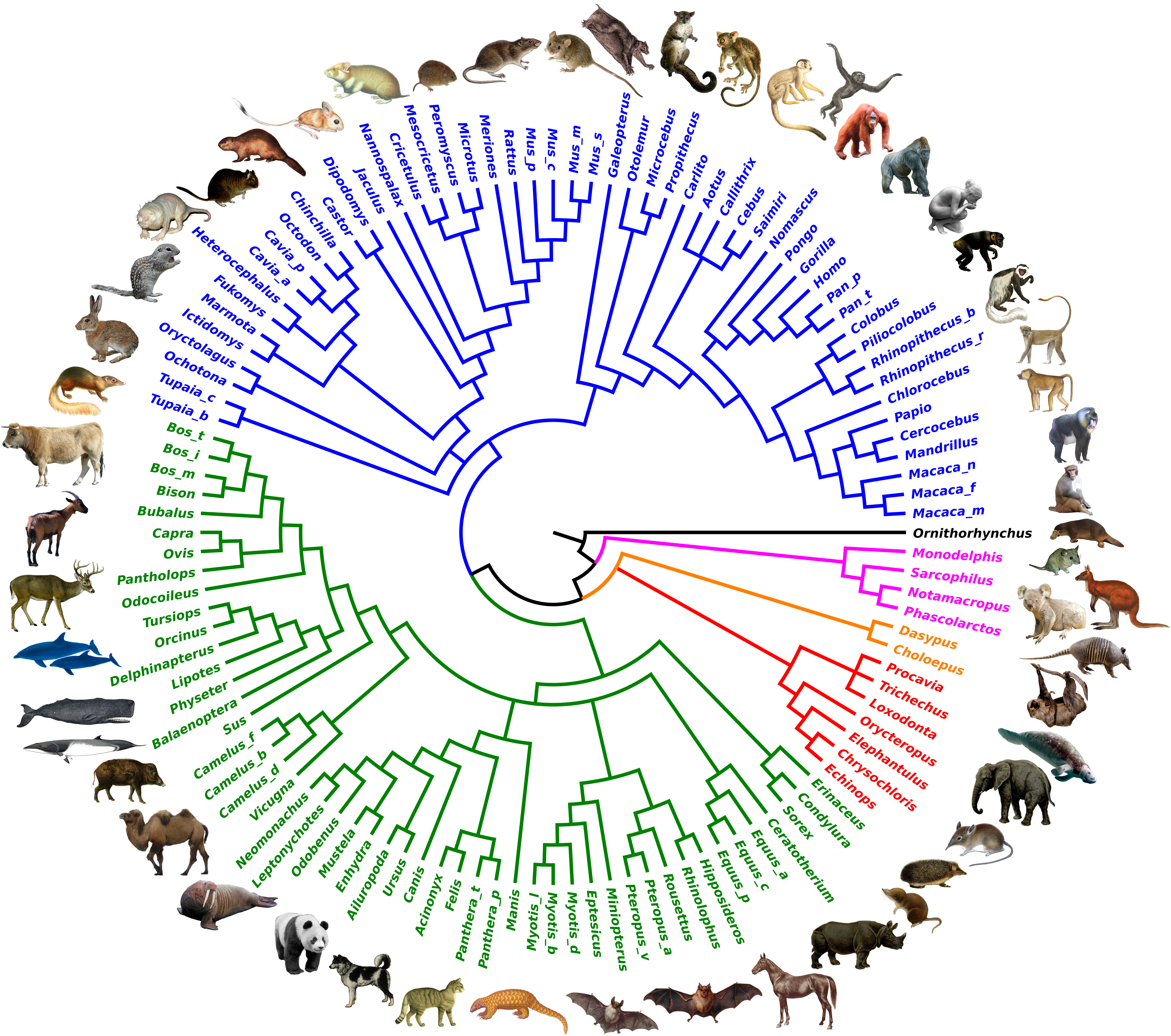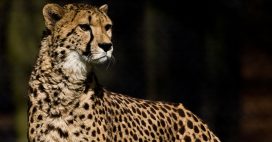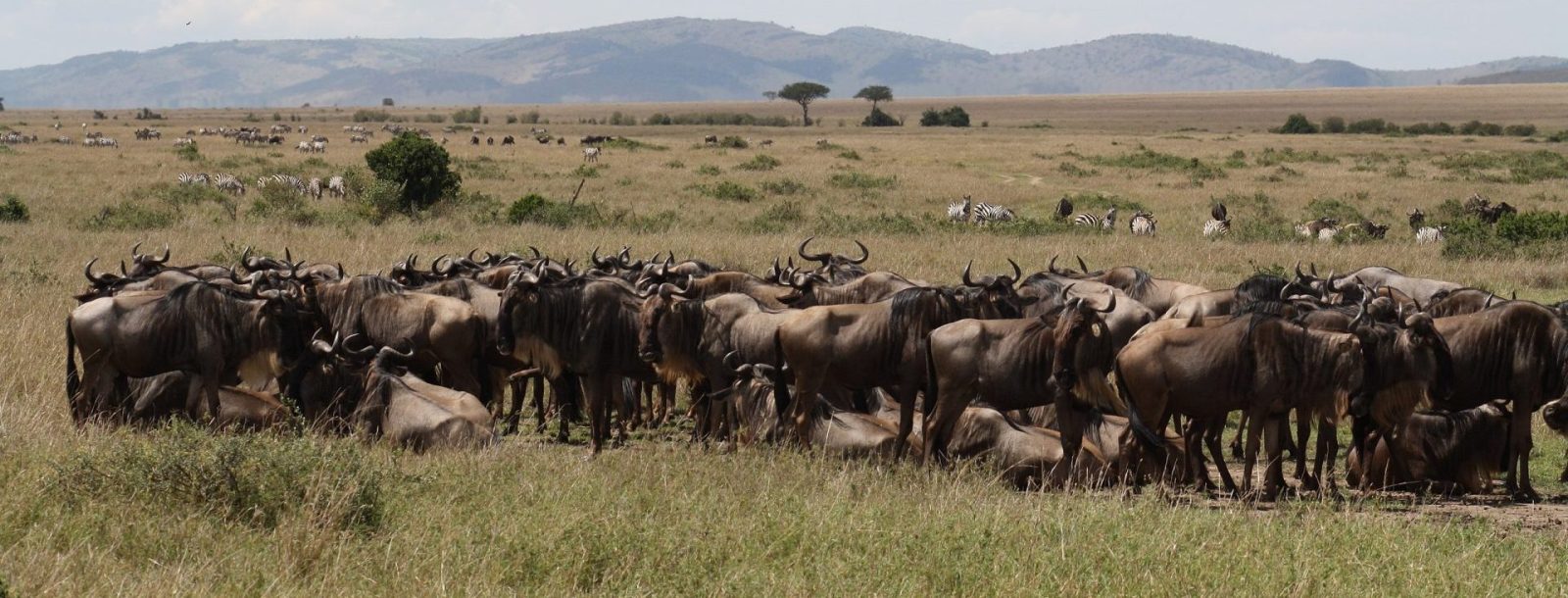
Bovidae family (including Aegodontia &Boodontia) or Antelope family tree
Antelope lie in the Bovidae family, and account for around 2/3 of the 135 Bovidae species that exist in the world. It should be noted that deer come from the family Cervidae, which means that despite looking extremely similar, antelope are more closely related to cattle than they are to deer.
There are 91 antelope species in the world with 72 found in Africa, 14 in Asia, with the last 5 found in Eastern Europe.
There are 8 subfamilies in Africa
1. Subfamily Bovinae
Spiral horned antelopes made up of tribe Tragelaphini: 9 species 4 subspecies.
2. Subfamily Reduncinae
4. Subfamily Alcelaphinae
Sassabies, hartebeests, and wildebeests: 6 Species (depending on how you count, it can be anywhere from 6 to 10) , 19 Subspecies
5. Subfamily Hippotraginae
6. Subfamily Aepycerotinae
Impala: 1 Species which is impala, 2 Subspecies
7. Subfamily Antilopinae
Gazelles, dwarf antelopes
- Tribe Antilopini: 10 Species, 4 Subspecies
- Tribe Ammodorcadini: 1 Species
- Tribe Neotragini: 13 Species, 4 Subspecies
8. Subfamily Cephalophinae
Duiker: 17 Species, 7 Subspecies
If you want to return to the Ruminants family page click here
Caprinae
The Caprinae family is a close relation of Alcelaphinae & Hippotraginae (subfamily 4 and 5 on this page) but this family consists of the worlds goats and sheep.
This consists of 9 genus with just 1 species in each (and one further extinct so not included here) and then 5 genus with more than that.
Firstly dealing with each genus with only one species.
Next the Capra genus, which consists of the worlds Ibex species
Next the Ovis family (sheep species)
Two species of Chamois remain
The second last group is the Serow (6 species)
The last group is the Goral
